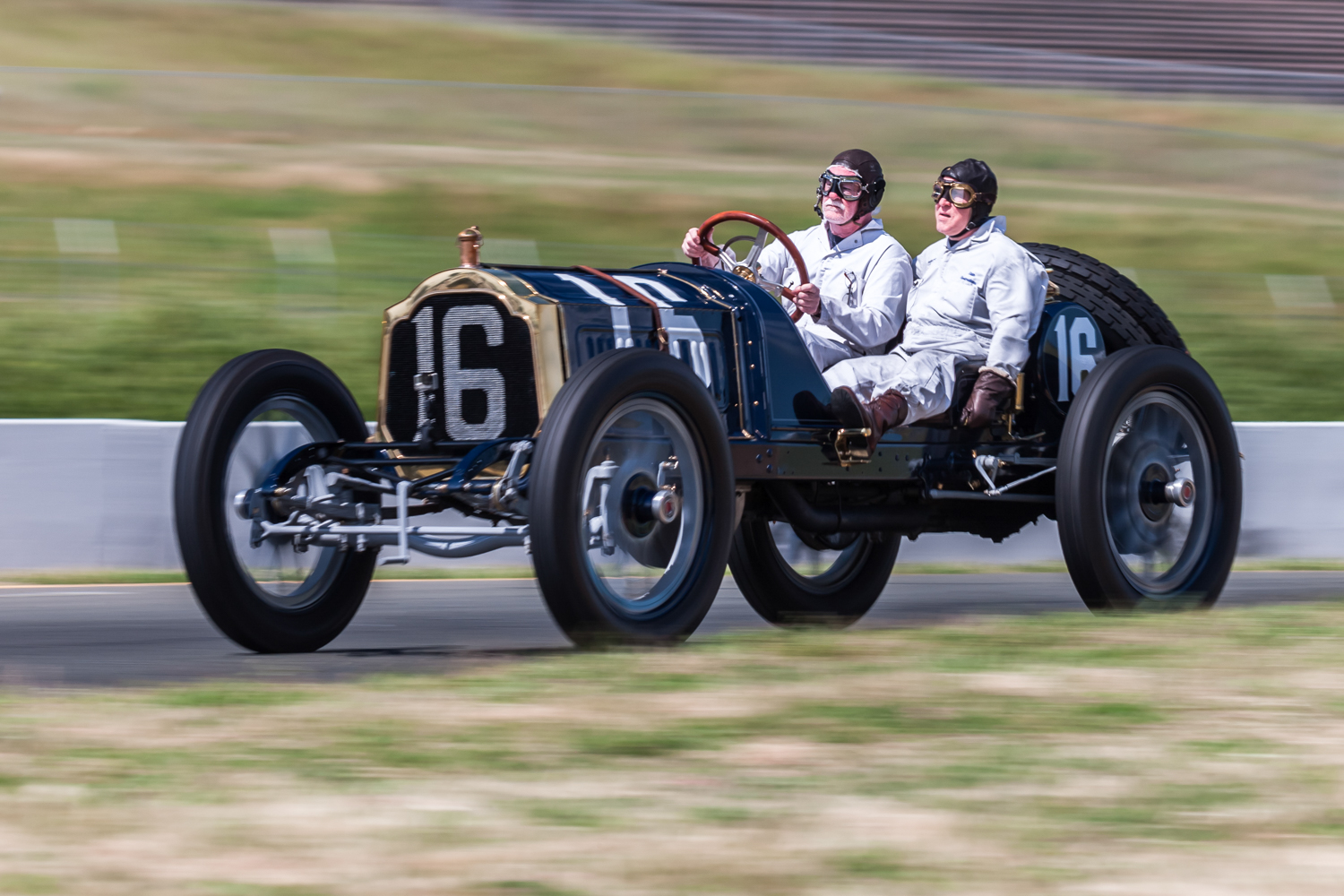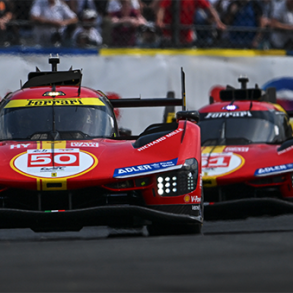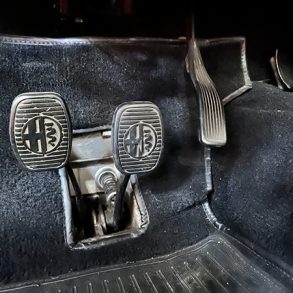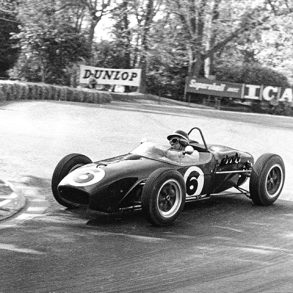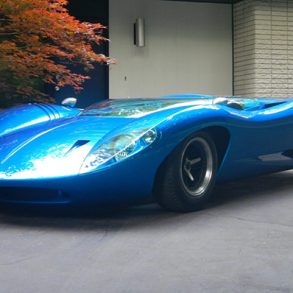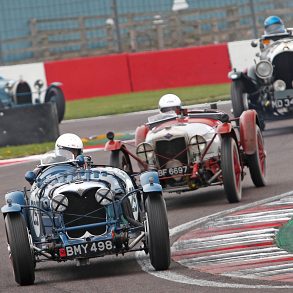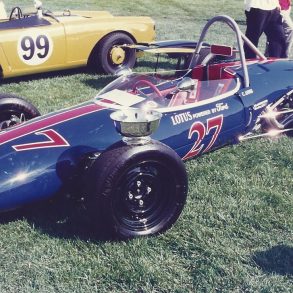In the end of May, I had the good fortune to make my way up to the Wine Country Classic at Sears Point Raceway. This is always a real treat – great weather, a wonderful rolling track nestled in the hills of Northern California’s famed Napa Valley, and of course, a fantastic collection of historic racecars. One of the things that I find especially appealing about this weekend, is that it is one of just a handful of West Coast events that features a large field of prewar era cars. While this is great, and a feast for the senses, it has always amazed me that we don’t see more of these cars racing in the United States, and particularly on the West Coast.

As I’ve mentioned here before, the competition and participation of prewar cars is one of the biggest differences between historic racing here and in Europe. In the U.K., it is not only commonplace to find large prewar fields at most race events, there are many race weekends almost exclusively devoted to these wonderful early racecars. But the thing that is most puzzling about this difference is that the U.S. is, in fact, home to an amazingly large and diverse group of these cars. It’s not that we lack the cars, they just don’t seem to make it to the track with much frequency.
While at Sears Point, I was wandering through the paddock on Saturday, taking in the cars and seeing old friends (I don’t mean that in a bad way!), when I ran into my friend Brian Blain. For those who don’t know Brian, he is an avid (read certifiable) historic racing enthusiast who was the driving force behind the acclaimed Visalia Motorsports Festival for veteran racecars. In addition to a number of more modern racecars such as a Lola Can-Am, Brian owns a number of significant veteran racecars, including a 1916 National that he regularly races whether or not there is a dedicated prewar race group. It is not an uncommon site, on the West Coast, to see Brian in his giant, 19”-wheeled National, sharing the track with Spitfires and Porsche 356s. If that’s not dedication to the cause, I don’t know what is.
Over the course of our conversation, we both lamented the fact that we were sorry that we didn’t see these cars out at more events. The more we discussed the issue, the more we both came to believe that it wasn’t due to lack of cars, but more a lack of organization. One of the new developments in U.S. historic racing that we both found most interesting was the growing trend of specific race groups banding together to represent their own interests. Recent and successful examples of this include the Big Bore Trans-Am group, the new Historic Grand Prix organization for 3-liter F1 cars and the new Vintage Sedan Racing Group for 2.5-liter Trans-Am and B-sedan racecars. These groups are not sanctioning bodies – they do not organize complete race weekends – but what they do instead is work as a sort of collective bargaining unit to bring their special race groups to events around the country. The more Brian and I talked about the growing effectiveness of these groups, the more we convinced ourselves what a great idea this might be for owners of prewar racecars across the U.S. and Canada.
So here’s the pitch, if you own a prewar racecar or are a fan of these cars, send your name, contact information and the cars you own (if any) to us here at the Vintage Racecar Journal. Feel free to send it by mail, phone, fax or email to my attention. We’ll start to compile a list of interested parties, and if there proves to be enough interest, we’ll put together a club proposal and submit it to the group.
The general idea is that this would become a group of like-minded enthusiasts who are committed to not only preserving the history of these cars, but getting them out where the public can enjoy them as well. Unfortunately, as time goes on the pool of enthusiasts for these cars could dramatically dwindle unless efforts are made to educate and promote these valued pieces of racing history to a new audience.


